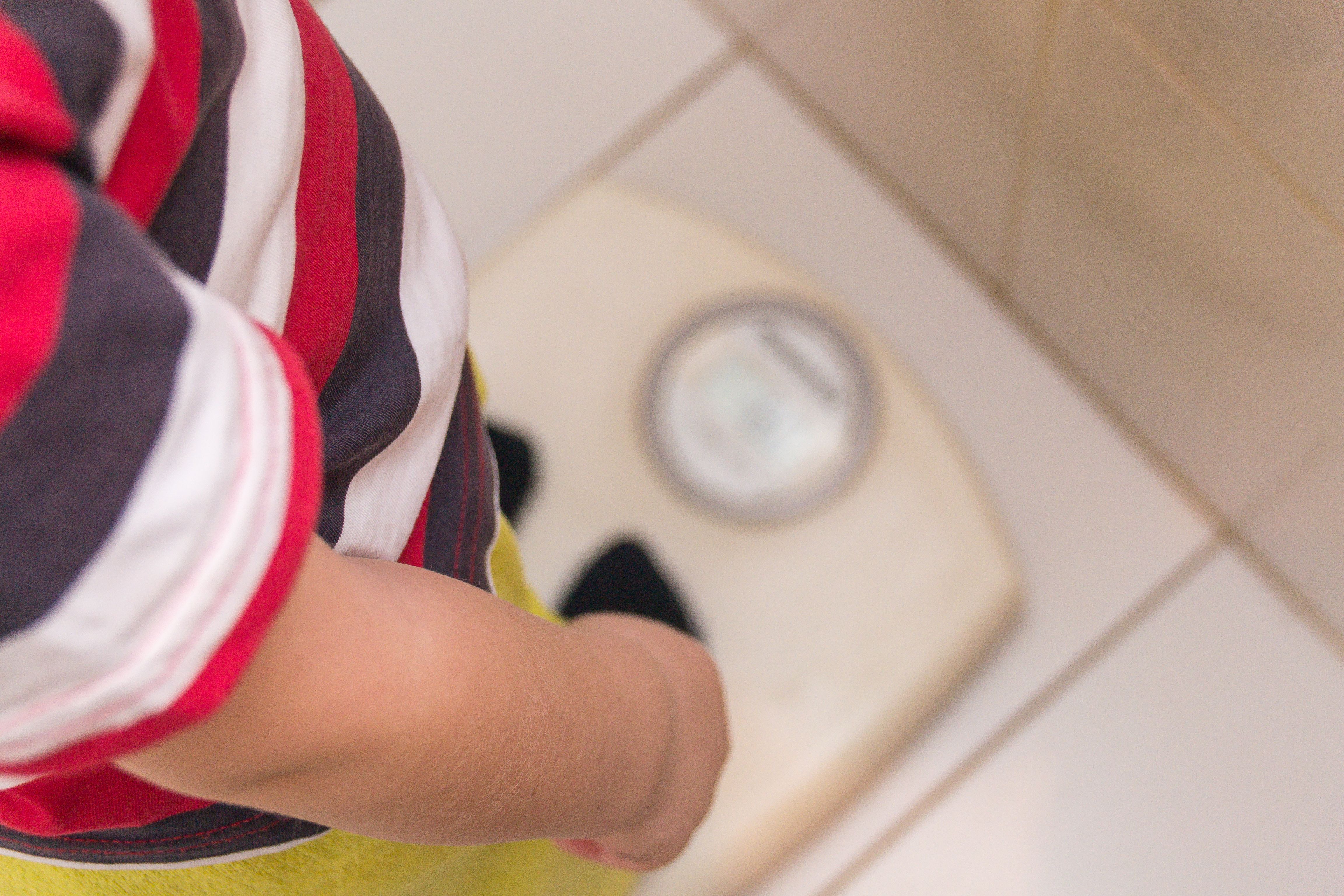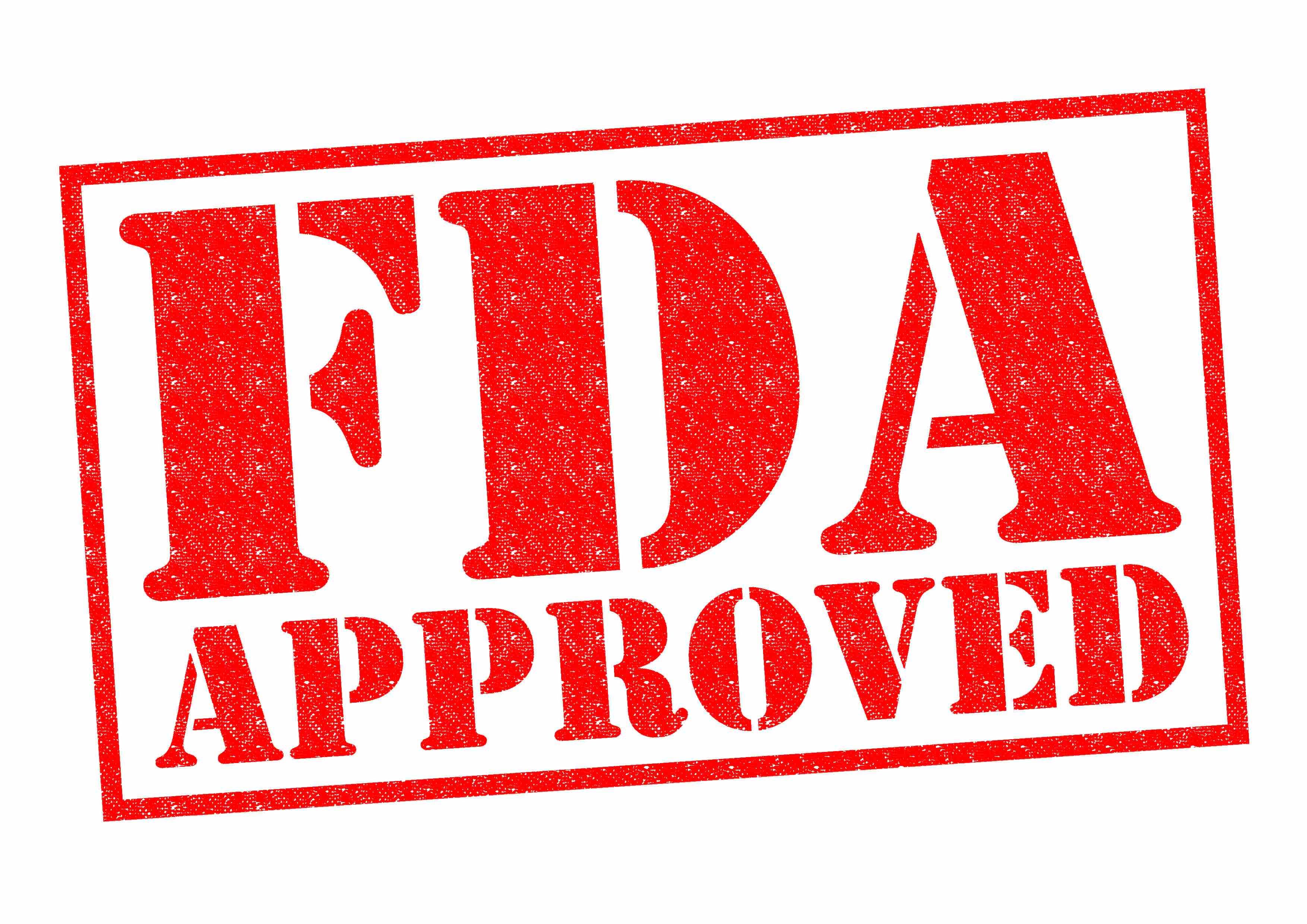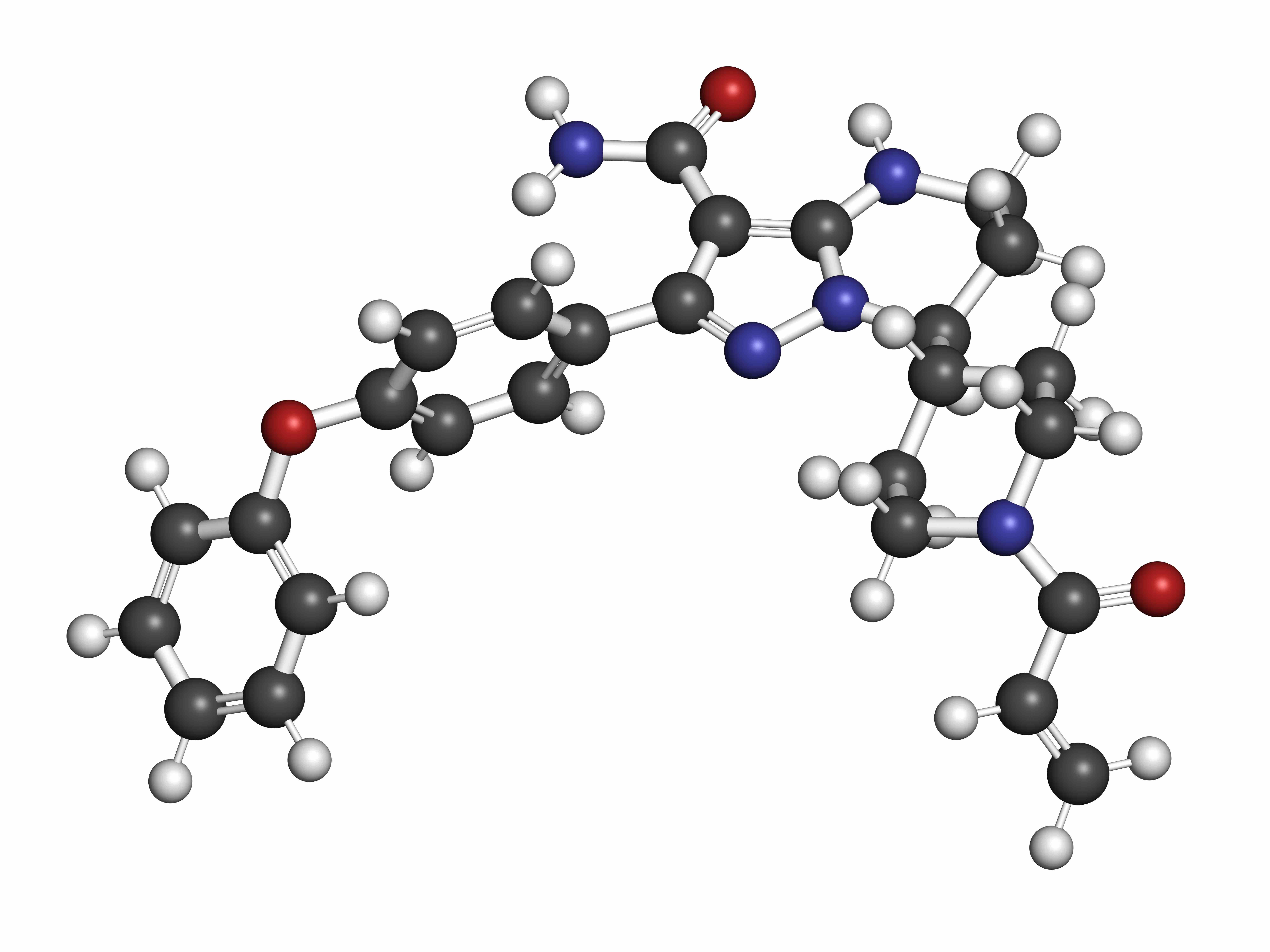Article
Using Social Media for Insight Into Patient Experience With ALL and Its Treatments
Author(s):
An analysis of social media posts provides insight into patient experiences of acute lymphoblastic leukemia (ALL) and the therapies that treat it.
Analyzing patient-reported information shared on social media by patients with acute lymphoblastic leukemia (ALL) allowed researchers to gain insight into patient experiences on novel therapies that improve treatment of the disease but cause substantial treatment-related impacts on health-related quality of life (HRQOL).
The results were presented at the European Hematology Association 2021 Virtual Congress.
“Patient-reported information (PRI) shared on social media provides a distinct opportunity to understand patients’ perspectives outside the formal research context,” the authors explained.
They collected data from YouTube and 3 patient advocacy websites—Patient Power, The Patient Story, and Leukaemia Care—as well as reviewed video footage and discussion blogs. They extracted data from social media posts, including demographic information and accompanying disease information.
The investigators assessed 935 social media posts, but ultimately included just 63 posts (40 videos, 5 comments, and 18 blog posts) from 41 unique contributors in the final review. Prior to ALL treatment, the symptoms the individuals most frequently discussed were fatigue (48.8%), shortness of breath (31.7%), and bruising (29.3%).
They also reported the following HRQOL impacts of ALL and its treatment:
- Physical limitations (19.5%), including mobility, fine motor functioning, and lifting/carrying
- Daily life (26.8%), including self-care, daily tasks, and leisure activities/hobbies
- Work (39.0%), including the ability to keep employment, change in career path, and financial impact
- Social functioning (4.9%), including changes to existing relationships and the ability to look after children
- Psychological/emotional impact (61.0%), including shock, feat of the future, depression, anxiety, self-image, anger/frustration, and loneliness
Treatment of adverse effects, such as neutropenia, change in taste, and nausea, were associated with changes in patients’ eating habits and weight loss.
The majority (75.6%) of patients had self-reported being treated with chemotherapy, followed by bone marrow transplant (26.8%), radiation therapy (12.2%), chimeric antigen receptor T-cell therapy (12.2%), stem cell transplant (12.2%), immunotherapy (9.8%), steroid treatment (9.8%), blood transfusion (2.4%), and umbilical cord blood transplant (2.4%).
Overall, approximately half (48.8%) reported experience with multiple treatment types. These treatments were associated with long-lasting adverse effects such as fatigue (26.8%), hair loss (27.8%), and nausea (22.0%).
“ALL symptoms primarily affected patients’ physical functioning, activities of daily living, and ability to work, while treatment-related symptoms and impacts primarily affected patients’ emotional well-being,” the researchers noted.
Reference
Morrison R, Sikirica S, Crawford R, et al. The patient experience of acute lymphoblastic leukemia and its treatment: a social media review. Presented at: EHA2021 Virtual; June 9-17, 2021. Poster EP370.
2 Commerce Drive
Suite 100
Cranbury, NJ 08512
© 2025 MJH Life Sciences® and AJMC®.
All rights reserved.




